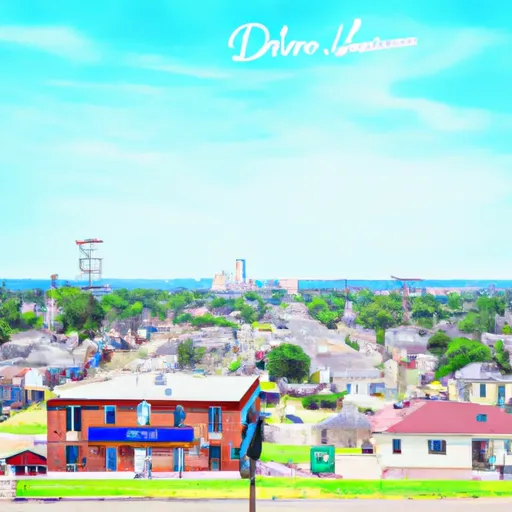°F
°F
mph
Windspeed
%
Humidity











Delcambre is a small town located in the southern part of Louisiana, known for its rich seafood industry and unique Cajun culture. The town experiences a subtropical climate, with hot and humid summers and mild winters. The local waterways, including the Delcambre Canal, are heavily used for commercial fishing and shrimping, and are home to a variety of aquatic species. Outdoor recreation opportunities in the area include fishing, crabbing, and boating, as well as birdwatching and nature walks in nearby swamps and marshes. The town also hosts an annual shrimp festival, celebrating the local seafood industry and Cajun heritage.
Weather Forecast
Delcambre receives approximately 1550mm of rain per year, with humidity levels near 89% and air temperatures averaging around 20°C. Delcambre has a plant hardyness factor of 9, meaning plants and agriculture in this region tend to thrive here all year round.
Regional Streamflow Levels
1,470
Cubic Feet Per Second
14,700
Cubic Feet Per Second
39,900
Cubic Feet Per Second
21,600
Cubic Feet Per Second
Nearby Camping
| Camping Area | Reservations | Toilets | Showers |
|---|---|---|---|
| Cypremort Point State Park | |||
| Palmetto Island State Park | |||
| Acadiana Park | |||
| Cane Creek State park | |||
| Chemin - A - Haut State Park | |||
| Grand Marais County Park |



